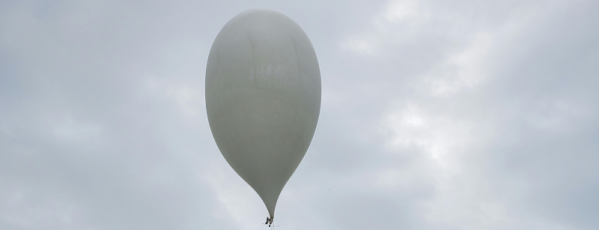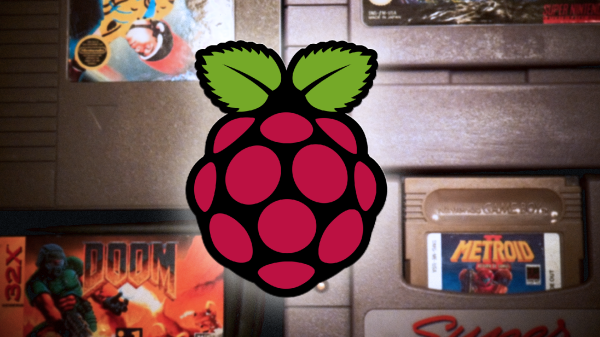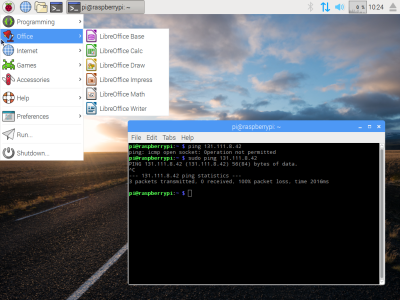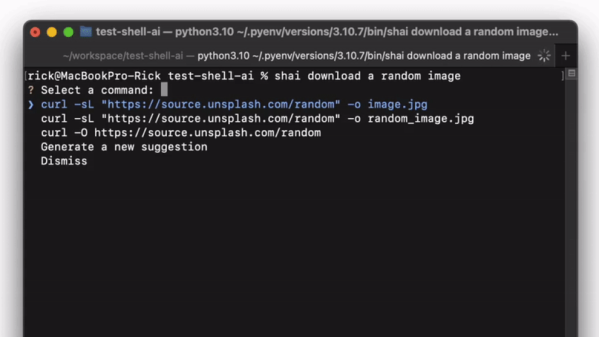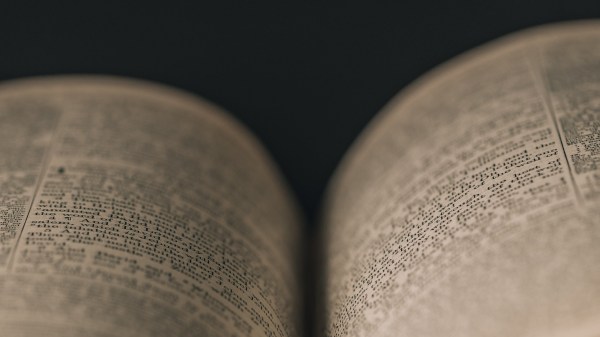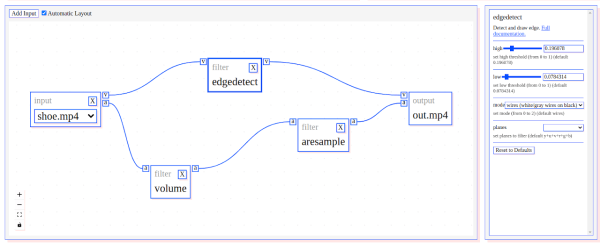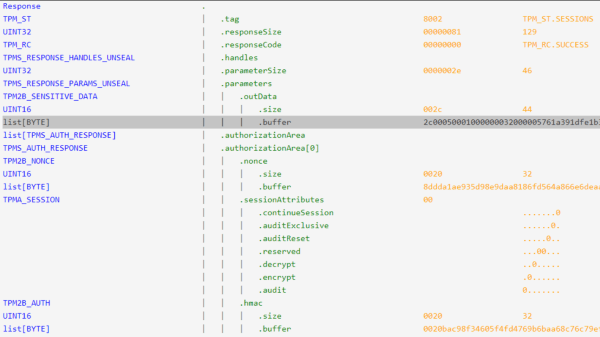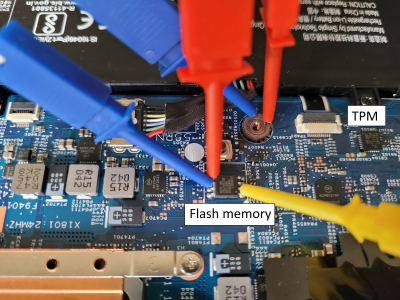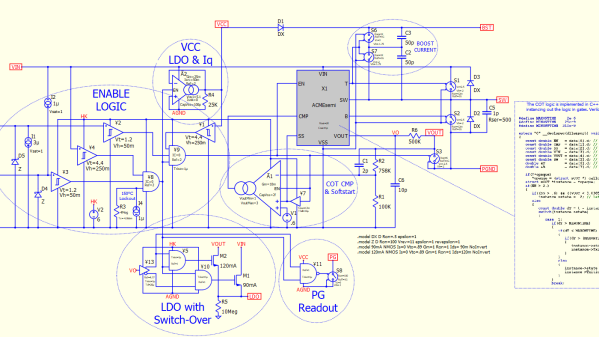If you’ve ever thought about launching a high-altitude balloon, there’s much to consider. One of the things is how do you stream video down so that you — and others — can enjoy the fruits of your labor? You’ll find advice on that and more in a recent post from [scd31]. You’ll at least enjoy the real-time video recorded from the launch that you can see below.
The video is encoded with a Raspberry Pi 4 using H264. The MPEG-TS stream feeds down using 70 cm ham radio gear. If you are interested in this sort of thing, software, including flight and ground code, is on the Internet. There is software for the Pi, an STM32, plus the packages you’ll need for the ground side.
We love high-altitude balloons here at Hackaday. San Francisco High Altitude Ballooning (SF-HAB) launched a pair during last year’s Supercon, which attendees were able to track online. We don’t suggest you try to put a crew onboard, but there’s a long and dangerous history of people who did.

